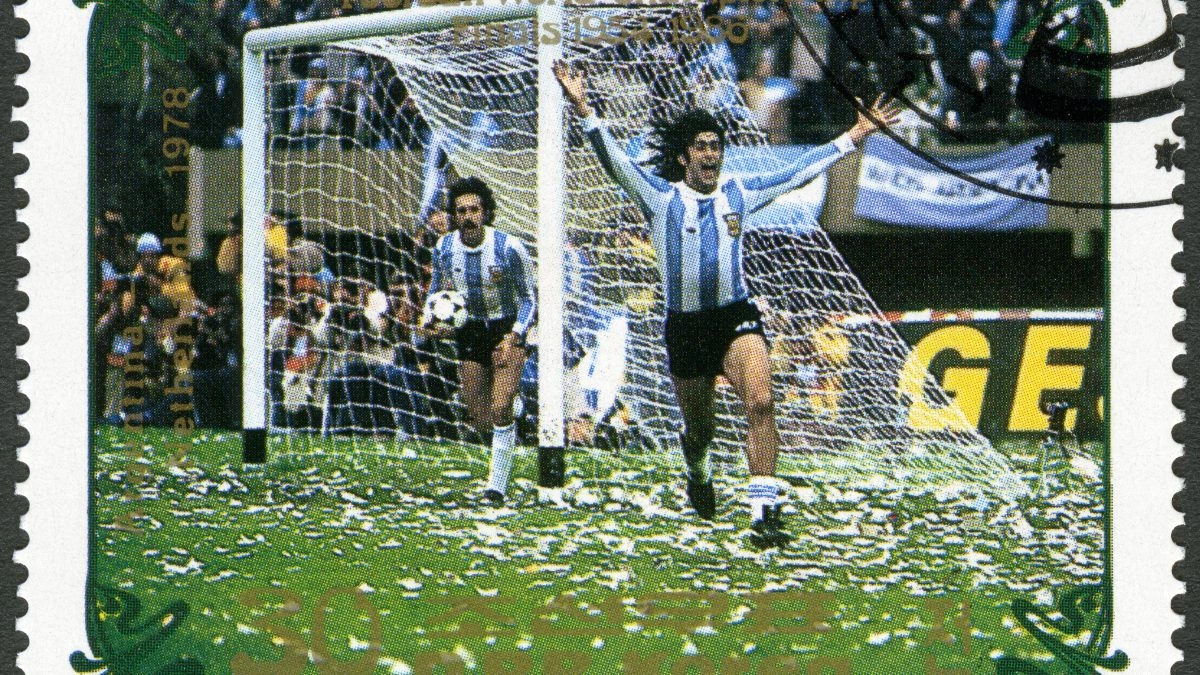
By June 1978, Argentina was two years removed from the March 1976 coup that toppled President Isabel Perón. The military ran the country, censoring papers and disappearing opponents as torture sites operated across Buenos Aires. The generals wanted the world to see a different Argentina, and they exploited the World Cup as their vehicle.
The junta, led by Jorge Rafael Videla, invested approximately $700 million in hosting the tournament (equivalent to around $3.5 billion today). It wasn’t just about matches. Stadiums were refurbished, security was expanded, and the opening show was carefully crafted to appear flawless on television. A few blocks from River Plate’s Estadio Monumental, where the final would be played, the ESMA detention center continued to hold prisoners. Former detainees later recalled hearing the stadium roar.
Despite calls from human rights groups and some European politicians to boycott the tournament, FIFA stood firm. Videla used the platform to project order and pride. During the opening match, he stood beside Henry Kissinger, one of several high‑profile foreign guests.
Inside the country, dissent was muted by censorship and fear, while abroad, activists urged football, yes, torture no. The week‑to‑week reality felt choreographed for visiting cameras, even as ordinary life bore the strain of a police state.
A match under suspicion
Everything came to a head in Rosario on June 21, 1978. Because of the earlier result that day, Argentina knew it needed four goals to reach the final on goal difference. It got six. The 6–0 score landed with a thud beyond the stadium. Rumors moved quickly. Peru’s goalkeeper, Ramón Quiroga, Argentine by birth, took the glare. Reports from the time and later pointed to grain deliveries and generous credit flowing from Buenos Aires to Lima around the match. No authority has proved a fix, but the doubt has never really lifted.
The unease reached the pitch. Dutch players have said the setting weighed on them. Before the final, the Netherlands kept their distance, skipping staged handshakes with the generals.
Mario Kempes scored twice and Argentina beat the Netherlands 3–1 in extra time. When the whistle went, Jorge Rafael Videla walked onto the grass to greet the winners. On television you saw paper drifting down, sweat-dark shirts, a president smiling into the lens. It looked orderly. Outside the floodlights, caution still ruled daily life.
Ask Argentines about 1978 and you hear two stories. There is the joy of a first title, Kempes carried on shoulders. There is also a tournament used to distract from people who had vanished. After democracy returned, families and survivors said so plainly, and “El Mundial de la Vergüenza,” the World Cup of Shame, stuck.
So Argentina 1978 isn’t just a list of scores. It shows how a month of spectacle can muffle what neighbors already know. The highlights keep looping. So do the names that were never answered for.